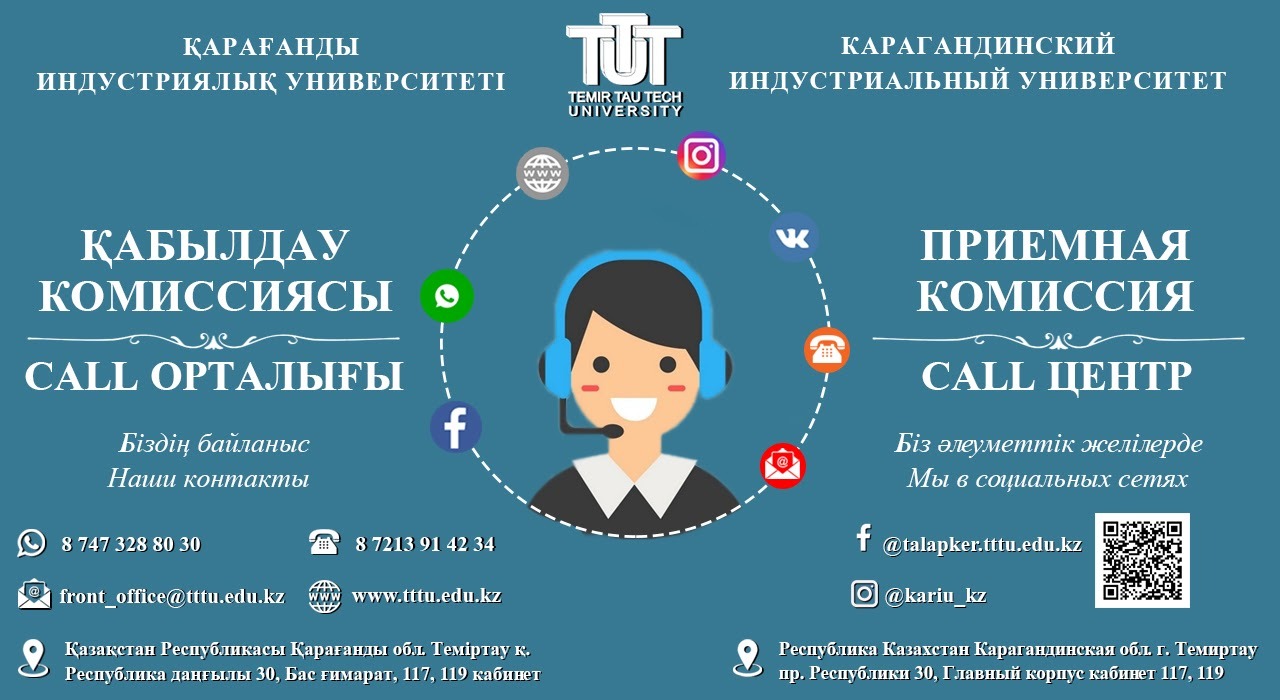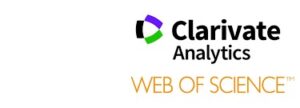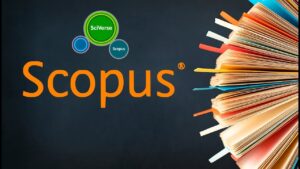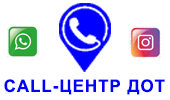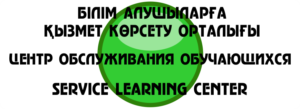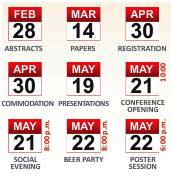23rd International Conference on Metallurgy and Materials
23rd International Conference on Metallurgy and Materials
2nd ANNOUNCEMENT & CALL FOR PAPERS
May 21st – 23rd 2014
Hotel Voronez I, Brno, Czech Republic, EU
CONFERENCE SCOPE
23rd International Metallurgical and Materials Conference is a traditional meeting of metallurgists, material engineers, managers and other participants.
The conference is organized in a plenary session, 6 symposia, a poster session, accompanying workshops and an exhibition, where you can access the latest technological information and exchange experience and opinions with other experts from Europe, Middle East, Asia, Africa, South America and US.
The conference is organized by the company TANGER Ltd. with the cooperation of VSB-TU Ostrava, CSNMT and ASM International Czech Chapter.
GENERAL CHAIRMEN
Prof. Ing. Jiri KLIBER, CSc. VSB-TU Ostrava
Prof. Ing. Miroslav KURSA, CSc. VSB-TU Ostrava
STEERING COMMITTEE
Ing. Jaroslav BREZINA Czech Metallurgy Society
Assoc.Prof. Ing. Libor CAMEK, Ph. D.VSB-TU Ostrava
Doc. Ing. Richard FABIK, Ph.D. VSB-TU Ostrava
Prof. Ing. Jiri KLIBER, CSc. VSB-TU Ostrava
Prof. Ing. Miroslav KURSA, CSc. VSB-TU Ostrava
Assoc. Prof. Ing. Radim LENORT, Ph.D.VSB-TU Ostrava
Prof. Ing. Eva MAZANCOVA, CSc. VSB-TU Ostrava
Assoc. Prof. Ing. Jitka PODJUKLOVA, CSc. VSB-TU Ostrava
CONFERENCE SECRITARIAT
Bc. Katerina SEDLACKOVA TANGER Ltd., Ostrava
Mgr. Gabriela FREISLEROVATANGER Ltd., Ostrava
Eva HULOVA TANGER Ltd., Ostrava
Ing. Tasilo PRNKA TANGER Ltd., Ostrava
INFORM YOUR COLLEAGUES
Just a few clicks and your colleagues will be informed. Quickly and easily. Please click on Inform your Colleagues button in the left menuon the conference website.
TOPICS
PLENARY SESSION
- Role of metallurgy and materials in the early 21st century.
May 21st 2013 from 10:00 till 12:00
SYMPOSIUM MODERN TRENDS IN SURFACE ENGINEERING
- Corrosion protection of material surface (properties of coats, technology of surface treatment before coating, theoretical issues)
- PVD and CVD technologies, organic coatings, glass and glass-ceramic coatings, electrochemical coating processes, hot-dip coating, ion implantation, plasma coating, etc.
- Properties and application of thin films and nanolayers
SYMPOSIUM ADVANCED IRON AND STEELMAKING
- Worldwide development of raw material base for the production of pig iron and steel in recent years
- New elements in steelmaking and steel casting process control. Advanced technological and metallurgical techniques in extra-furnace processing of steel
- Physical and numerical modelling of ironmaking and steelmaking processes
- New methods of processing waste and byproducts of pig iron and steelmaking, recycling, wasteless technology
SYMPOSIUM NON-FERROUS METALS AND ALLOYS
- Methods of production (preparation) of non-ferrous metals and alloys (smelting, alloying, powder metallurgy, quenching, controlled molding …)
- Properties and use of non-ferrous metals, alloys and compounds (Al, Mg, Cu, Ti, Ni, Nb, etc.)
- High-temperature metallic materials on the non-ferrous metal basis (nickel alloys and superalloys, titan alloys and intermetalic compounds, cobalt alloys, platinum group metals, tungsten and its alloys)
SYMPOSIUM METAL FORMING
- Theory of forming, physical essence of plasticity and metallurgical and technological formability of metals
- Plastometric, laboratory and numerical modeling of hot and cold forming processes
- Advanced forming methods (rolling, forging, drawing, etc…high- reduction and high-speed processes, thermomechanical forming, forming tools (rolls, impression dies, drawing dies), hydroforming, modern calibration, forming by extreme plastic deformation, forming of hard-to-form materials, forming close to final shape and other)
- Technological problems and innovations in forming
- ·
SYMPOSIUM ECONOMICS AND MANAGEMENT OF METALLURGICAL PRODUCTION
- Metallurgical production, its position in national economy and in globalized economics, technical-economic development perspective
- Management of metallurgical production, advanced production planning and scheduling methods, logistics chains in metallurgy, marketing analysis and diagnostics in metallurgy and material engineering
- Economics and financial management of metallurgical enterprise, investment and project of technical development effectiveness in metallurgy
- Exact decision-making methods, artificial intelligence methods and simulation techniques in projects focused on management systems in metallurgical production, modern information technologies
- ·
SYMPOSIUM STEEL PRODUCTS – PROPERTIES
- Physical metallurgy of steels, relations between structure and properties, exploration methods
- High-strength steels (HSLA, BH, IF, DP, CP, TRIP, TWIP, MS)
- Steels for high temperatures and pressure service in power and chemical industries
- Application
- ·
GENERAL INFORMATION
Date: May 21st – 23rd 2014
Venue: Hotel Voronez I, Krizkovskeho 47, Brno, Czech Republic, EU. It is a city full of beautiful historical monuments.
Language: English
CONFERENCE SYSTEM
Please register/Log in to the conference system for abstract and papers submission, presentation upload, accommodation booking, conference fee payments etc. – www.METAL2014.com
ABSTRACTS
200 words min., 250 max., in English
PAPERS
Up to 6 pages incl. pictures, fi le size 20 MB max.,in English. In other case please contact conference manager.
POSTERS
The poster session will take place in conference hall A on May 22nd 2014 from 6:00 p.m. Poster size: 800 mm (width) Ч 1200 mm (height). The poster text for publishing on a CD can be up to 6 pages long, incl. pictures (fi le size 20 MB max)
INSTRUCTION FOR AUTHORS
Please read carefully the instructions for creating abstracts, papers, posters, presentations – button Instruction for Authors on the conference website.
PROCEEDINGS
The full texts of papers/posters will be sent for indexing in Thomson Reuters Web of Knowledge/Web of Science database.
CONFERENCE FEE
| Authors of papers and posters | 250 EUR |
| Other participants and co-authors | 300 EUR |
| PhD. students (daily study) with paper/poster | 150 EUR |
| Other PhD. students (daily study) | 170 EUR |
| Publication of paper without attendance | 130 EUR |
| Official letter of invitation for VISA | 20 EUR |
(The prices are including VAT 21 %)
TRANSPORTATION
Airports – Brno (15 Km), Bratislava (130 Km), Wien (135Km), Prague (222 Km – distance from the hotel)
Bus & Train – www.idos.cz
Local bus – line 44,84 from the railway station to the hotel
Car – maps.google.com (use Route planner)
DEADLINES
ACCOMMODATION
Please book and pay for your accommodation via the conference registration system. Booking deadline: April, 30th 2014. The OREA Hotel Voronez I**** and II*** are situated in the close vicinity of the Brno Fairgrounds. The hotel offers high standard in 368 rooms, suites and business suites with bathroom, WC, electronic key, spy hole in the door, smoke detectors, Wi-Fi connection, sattelite and Pay TV with the interactive contact with reception desk. Superior class rooms are air-conditioned and guests are provided with special services. The hotel also offers car rentals, sauna, massages, hair designer and Internet. The dining services are provided in theAtrium restaurant, Grill-bar Gurmet and in a “a la carte” restaurant.
LANCH, COFFEE BREAKS
Lunch and coffee breaks are included in the conference fee. It will be served at the hotel restaurant and lobby.
SOCIAL EVENING & BEER PARTY
Social evening – May 21st 2014, 8:00 p.m. Hotel Restaurant
Beer Party – May 22nd 2014, 8:00 p.m. Restaurant Moravska chalupa
Social evening and Beer party are included in the conference fee.
ACCOMPANYING PROGRAM
On Thursday, May 22nd 2014, participants can refresh minds during accompanying program – ship cruise on the Brno dam, visit to Moravian gallery, Villa Tugendhat or Technical Museum in Brno. The accompanying program is included in the conference fee. Program subject to change
ADVERTISING & SPONSORING
The prices are without VAT 21 %
| Company presentation by paper 20 min or poster | 290 EUR |
| Accompanying exhibitin duringthe conference* | 400EUR |
| Color advertisement outside of printed proceedings (A4) | 480 EUR |
| Color advertisement on the inner cover or inside of printed proceedings (A4) | 360 EUR |
| Black-and-white advertisement on the inner cover or inside of printed proceedings (A4) | 200 EUR |
| Company presentation on a CD (up to 50 MB) | 100 EUR |
| Workshop (practical company presentation) per hour | 240EUR |
| Company logo in the main auditorium | 160EUR |
| Distribution of company materials during check-in of participants | 80EUR |
| CONFERENCE SPONSOR | 1200EUR |
| MAIN SPONSOR OF THE CONFERENCE | 1600EUR |
| GENERAL SPONSOR OF THE CONFERENCE | 2000EUR |
*) Exhibitors are required to insure the exhibited items against damage, theft, etc.
HISTORY
The tradition of the international material and metallurgical conferences METAL, which are held annually in May, was established in 1992. TANGER, Ltd. organizes the conference with cooperation of other partners, such as VSB-Technical University Ostrava, Czech Society for New Materials and Technologies and others.
Since 2010, the conference proceedings are indexed in the internationally recognized Thomson Reuters Web of Science/Web of Knowledge database.
22nd conference METAL 2013 was held on May 15th–17th 2013 at the Voronez Hotel in Brno. 459 participants registered for the conference, 382 arrived.
182 papers and 167 posters were presented. The event was accompanied by presentations of 7 exhibitors and sponsors. The participants rated the conference as very successful.
BEST POSTER CONTEST
Take part in a contest for the best poster. The first three winners will be awarded prizes and five honorable mentions will be granted.
CONTACT
central office +420 595 227 111
Bc. Katerina SEDLACKOVA, conference manager, +420 595 227 117
Mgr. Gabriela FREISLEROVA, assistant manager, +420 595 227 121
Eva HULOVA, invoice, accounting, +420 595 227 112
Fax: +420 595 227 110
E-mail: info@metal2014.com
Skype: tangercon
METAL 2014, TANGER Ltd., Keltickova 62
710 00 Slezska Ostrava
Czech Republic, European Union
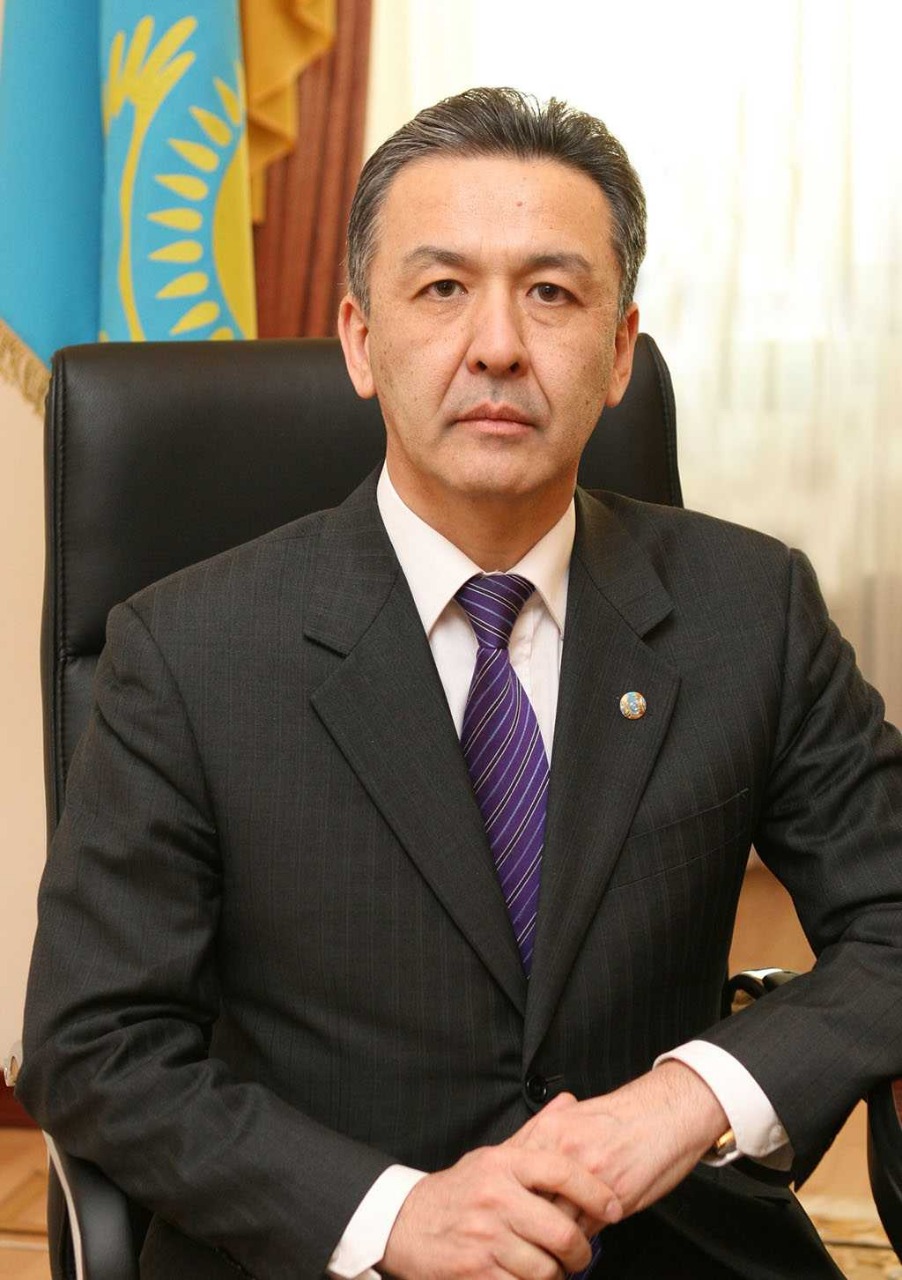 For the period of 50 years Karaganda Industrial University, founded in 1963, has become one of the leading higher ...
For the period of 50 years Karaganda Industrial University, founded in 1963, has become one of the leading higher ...